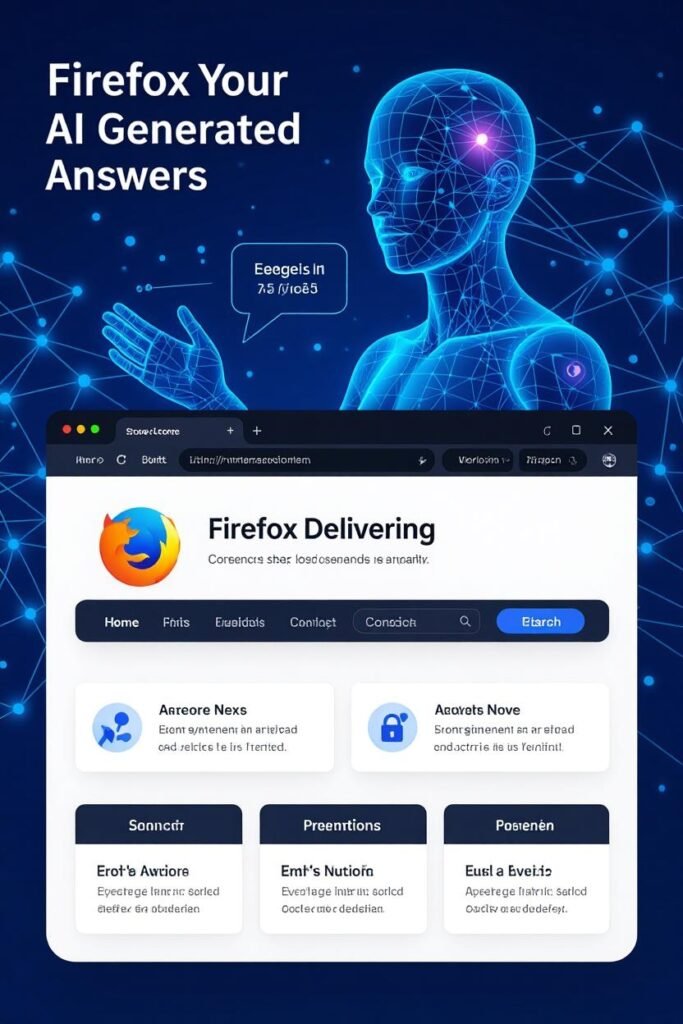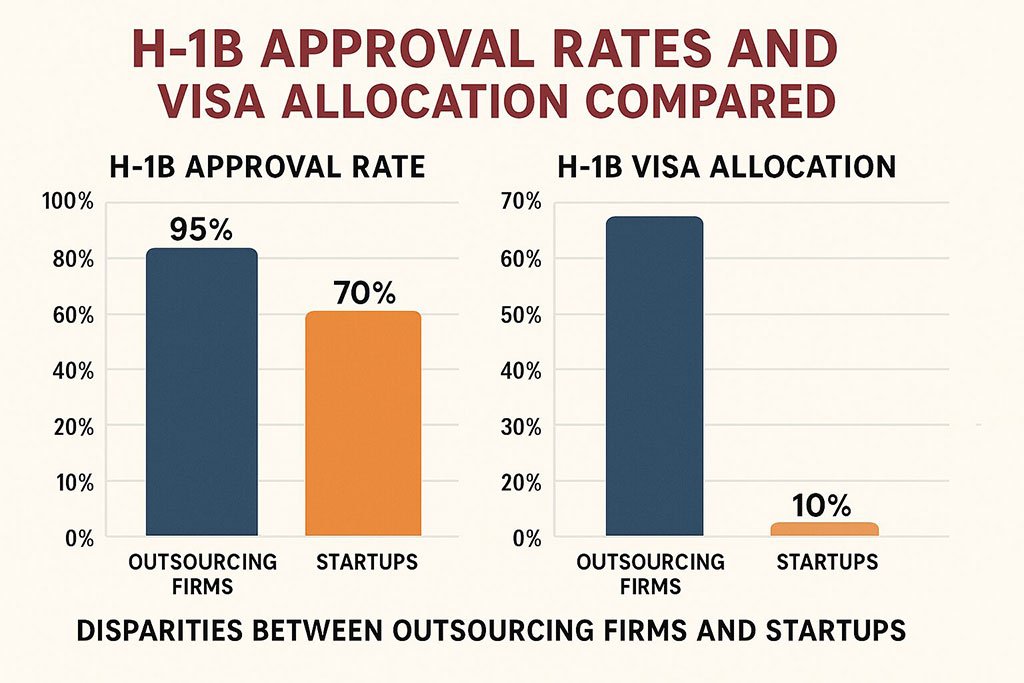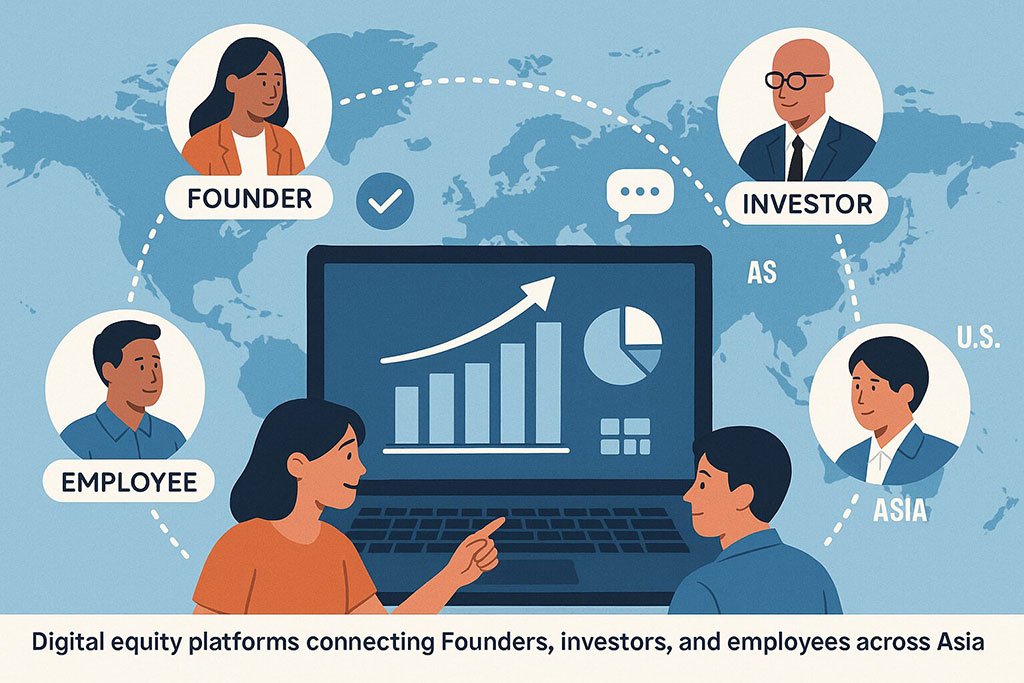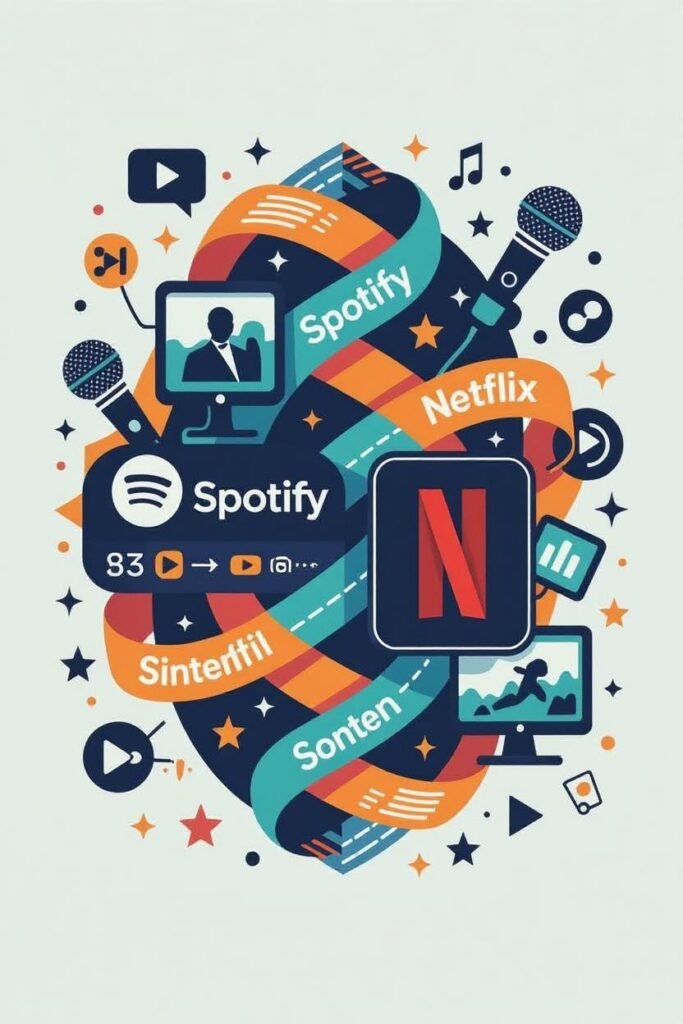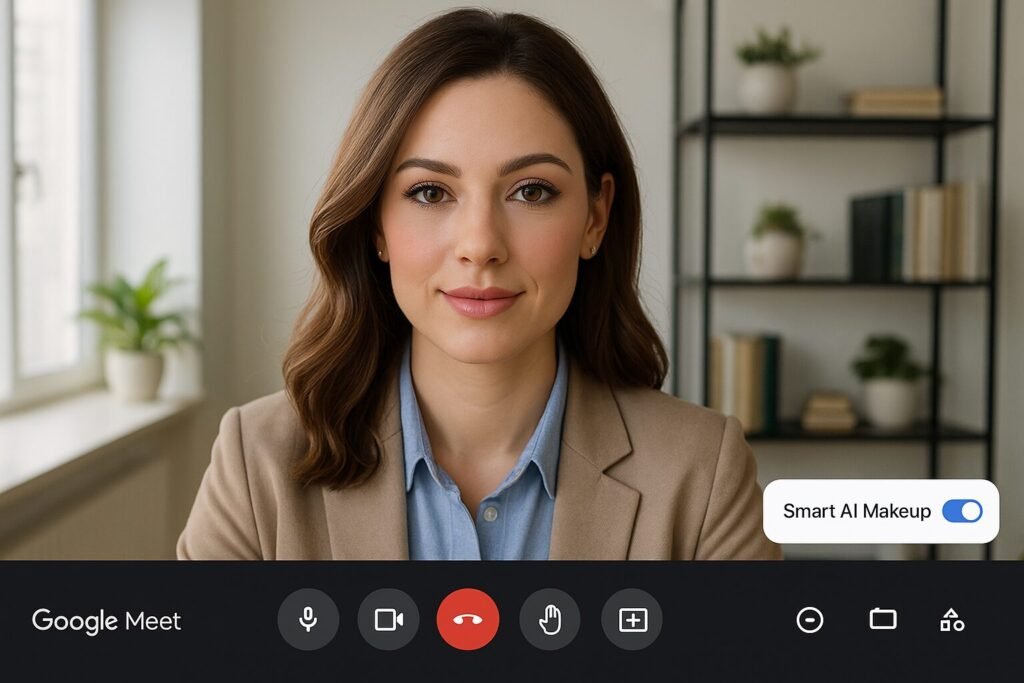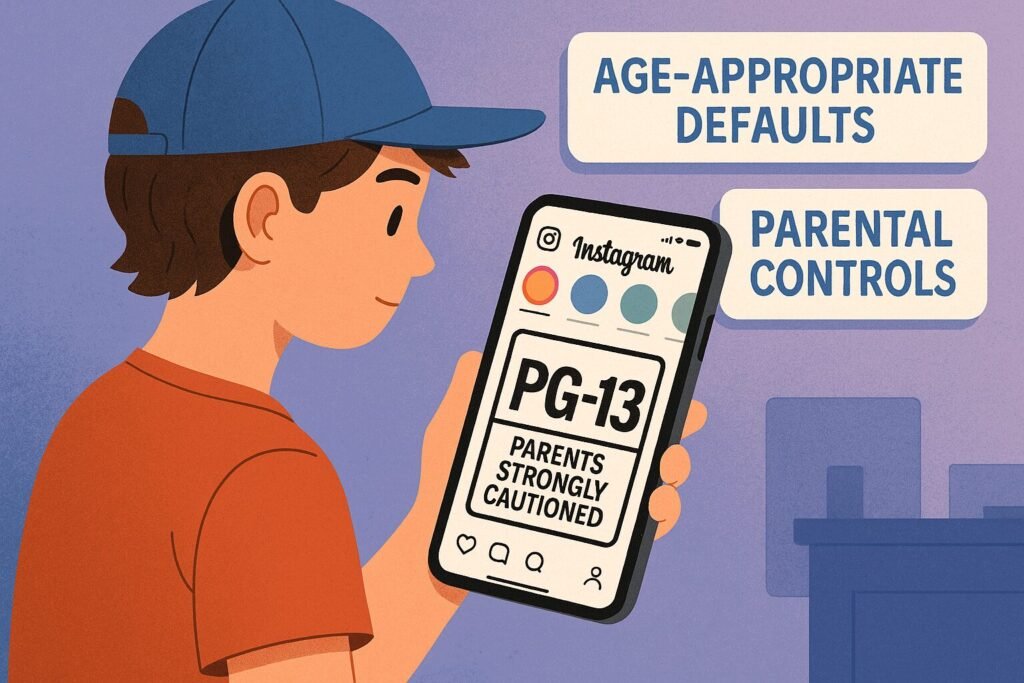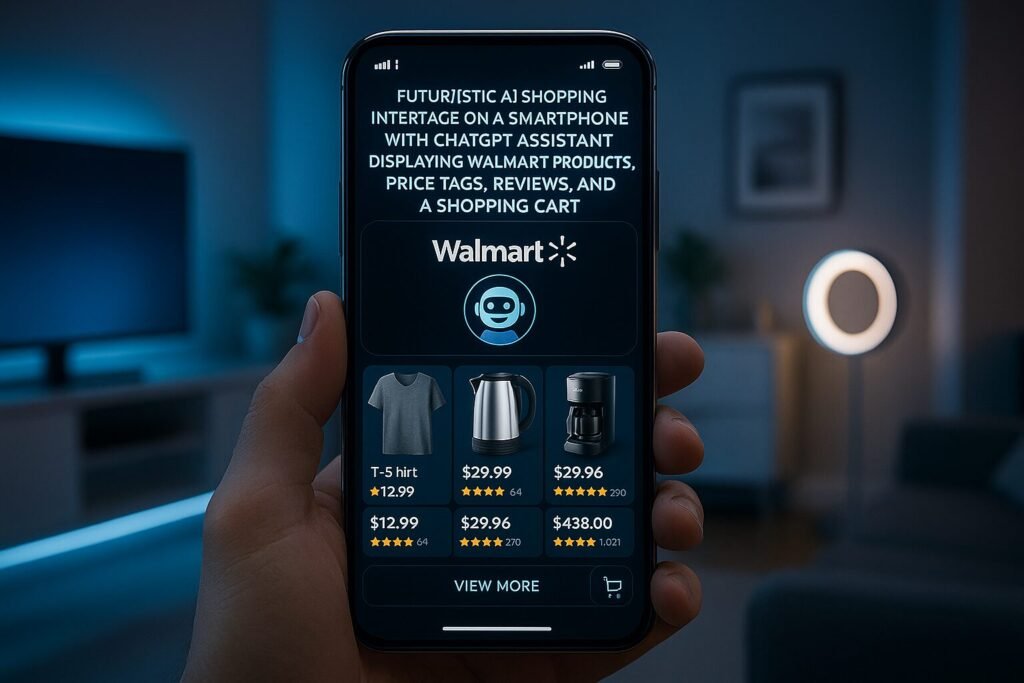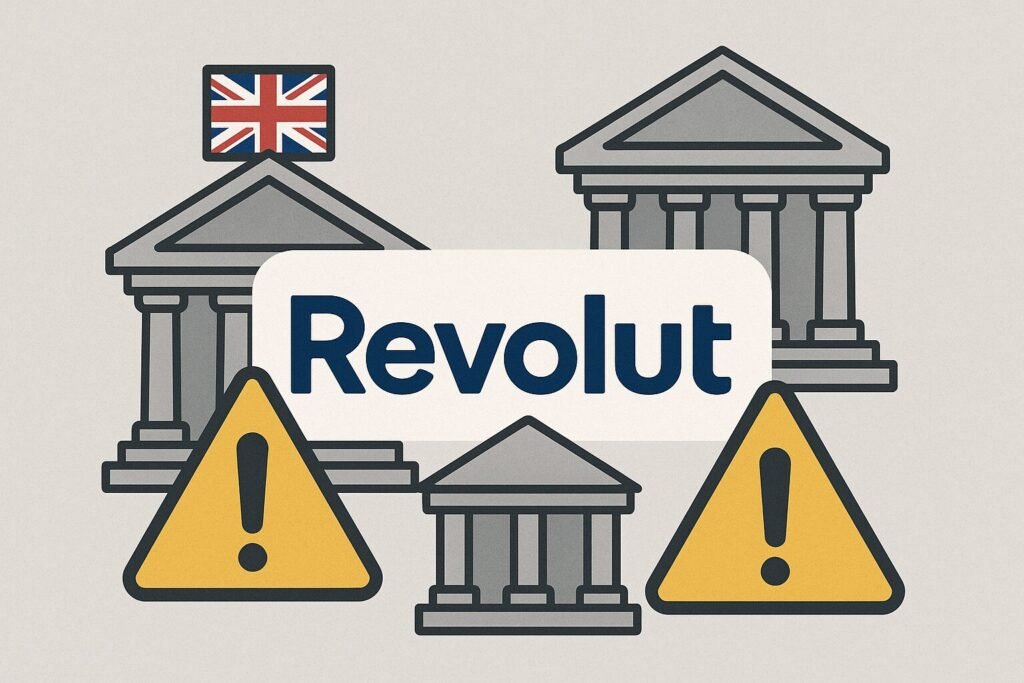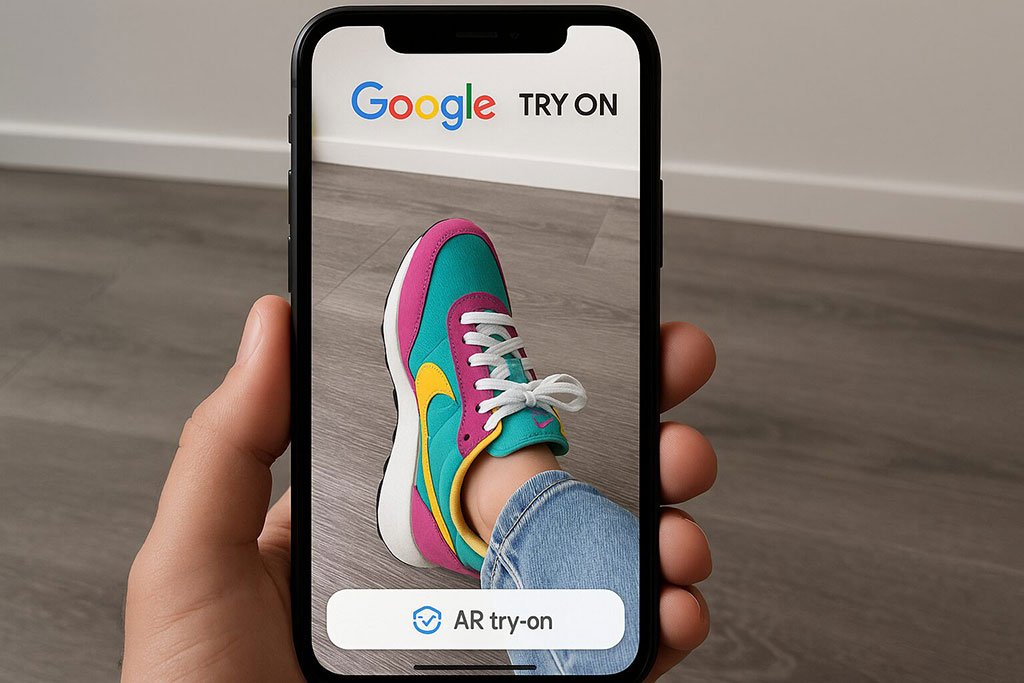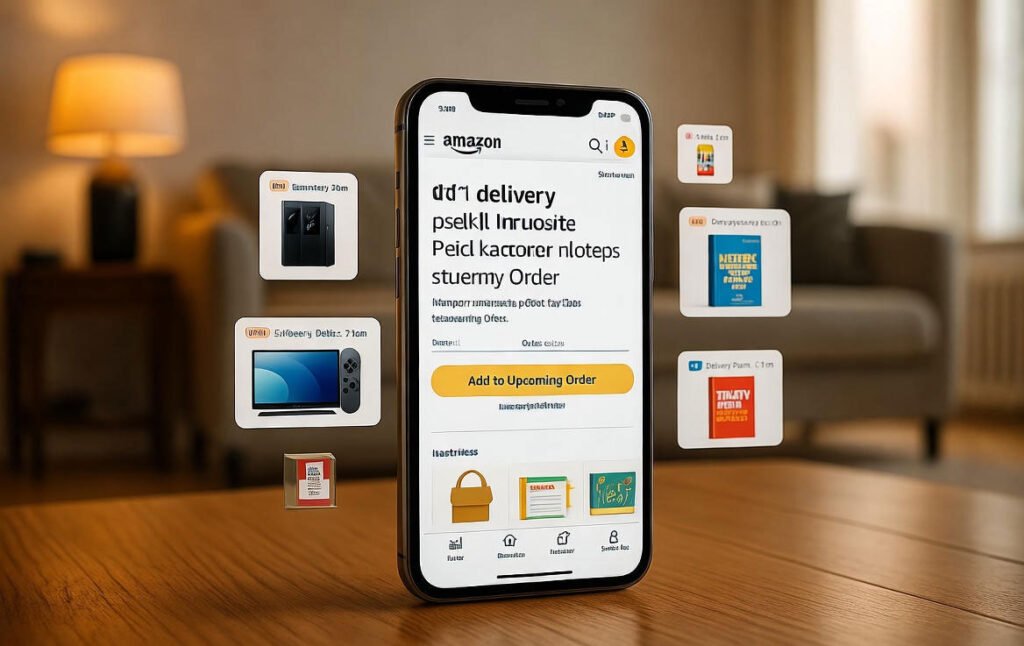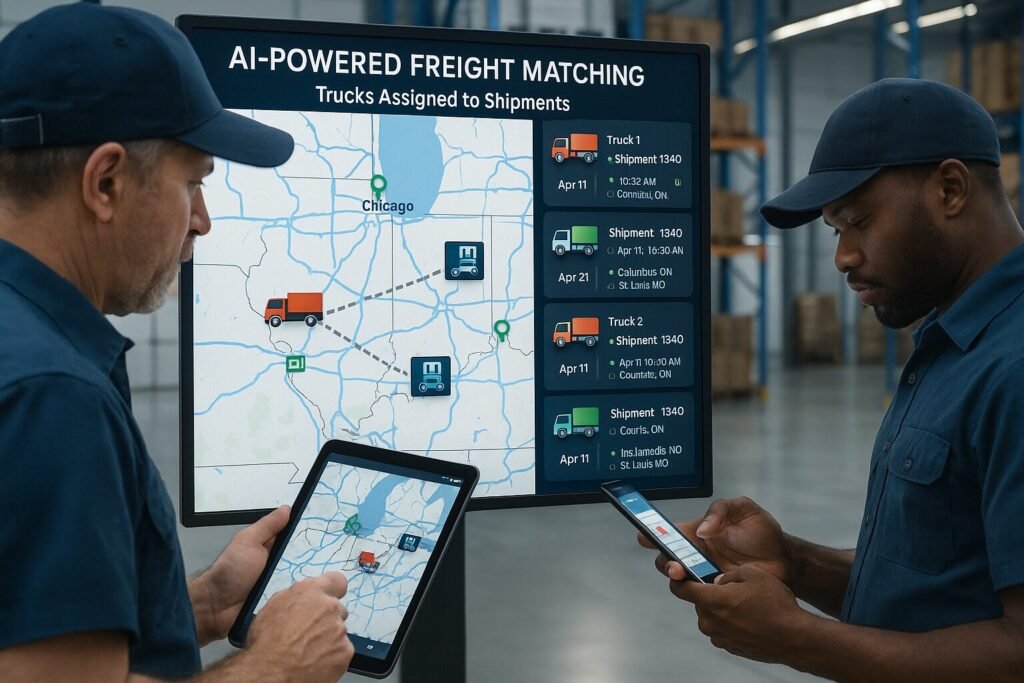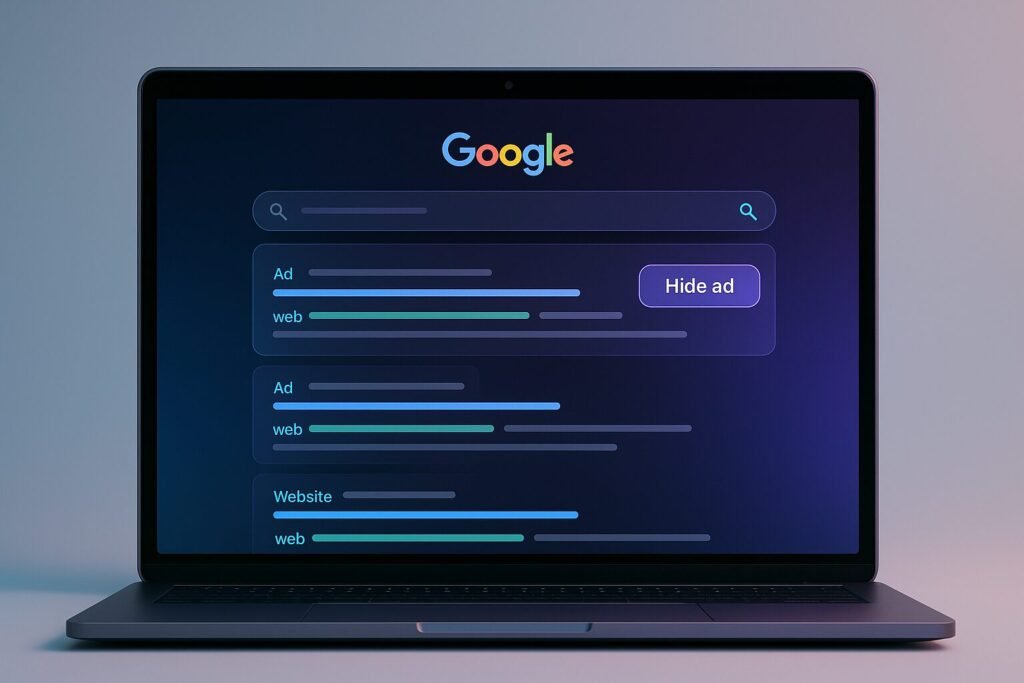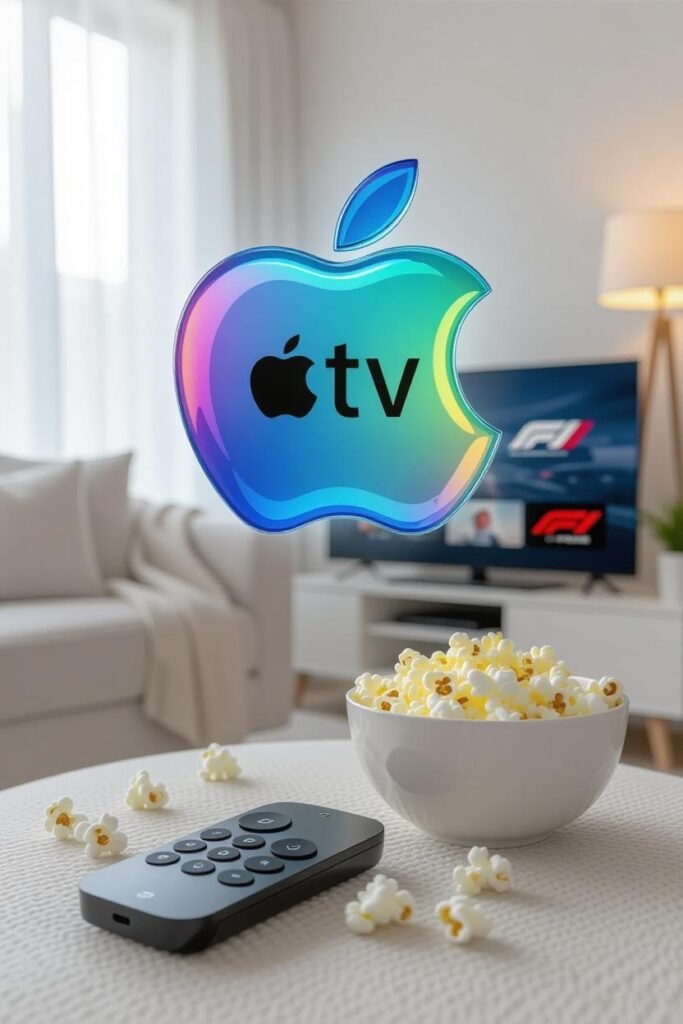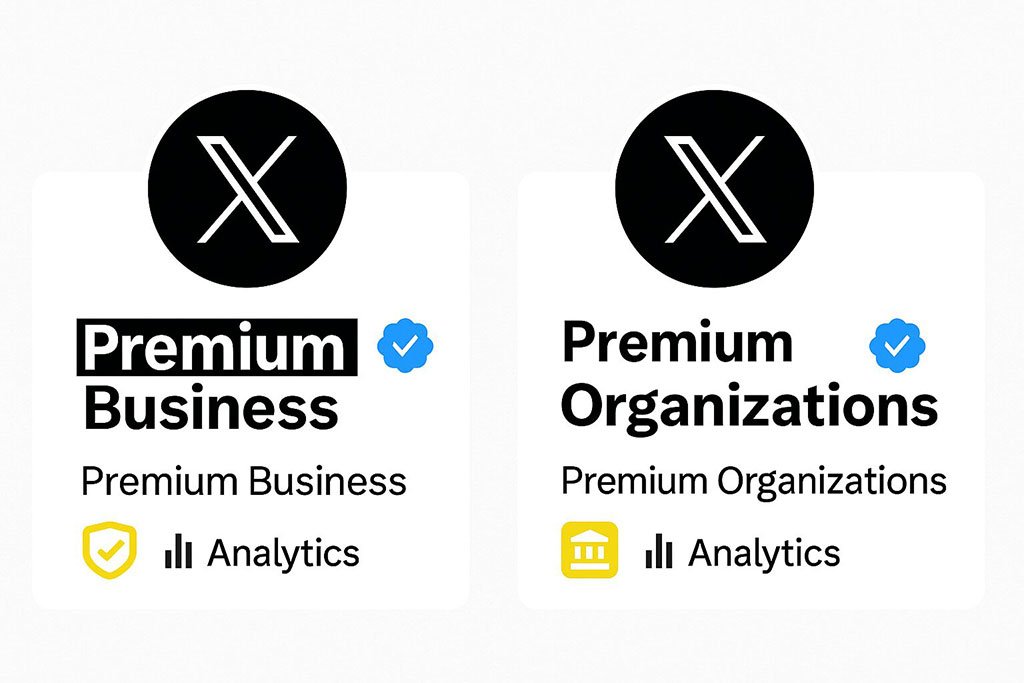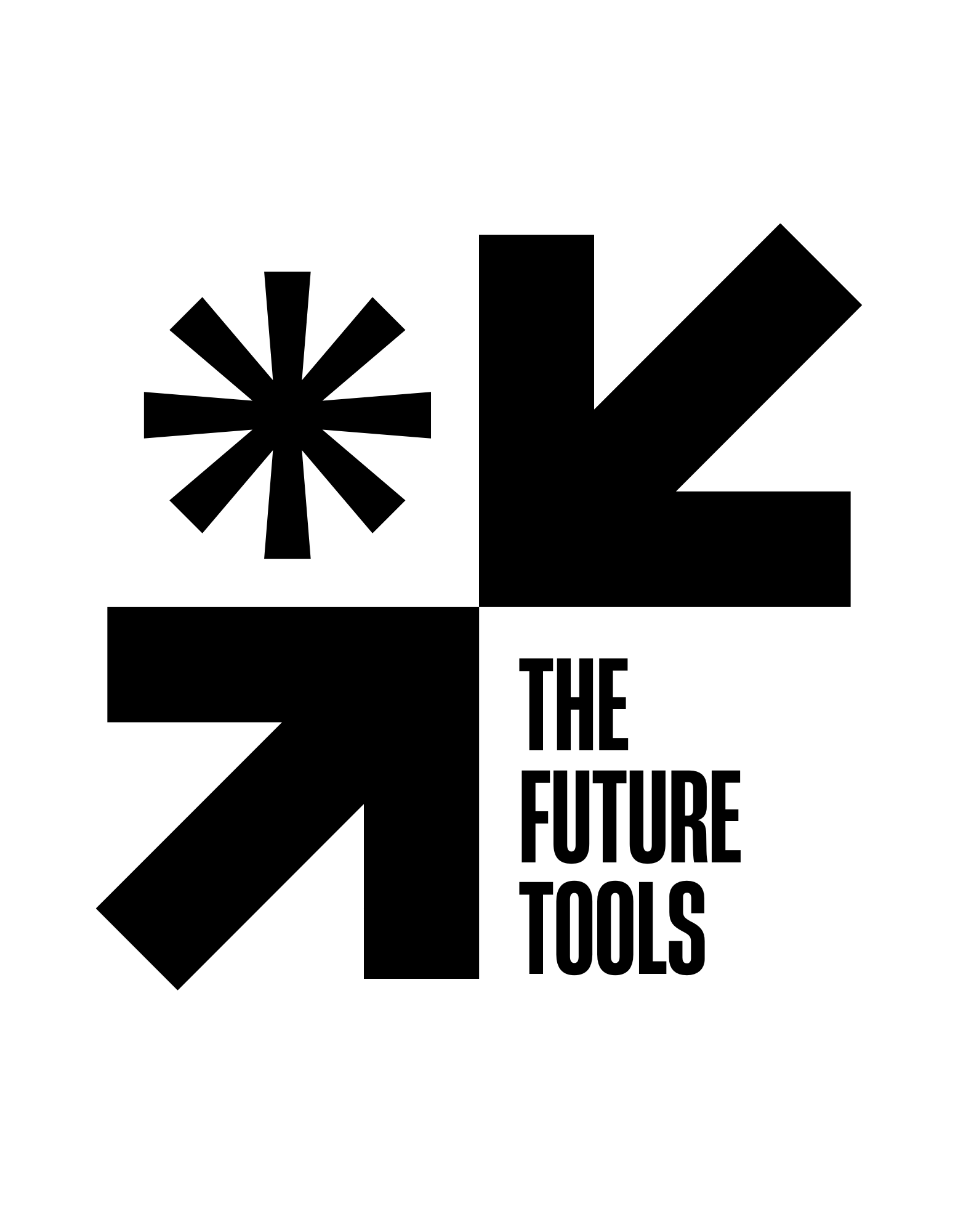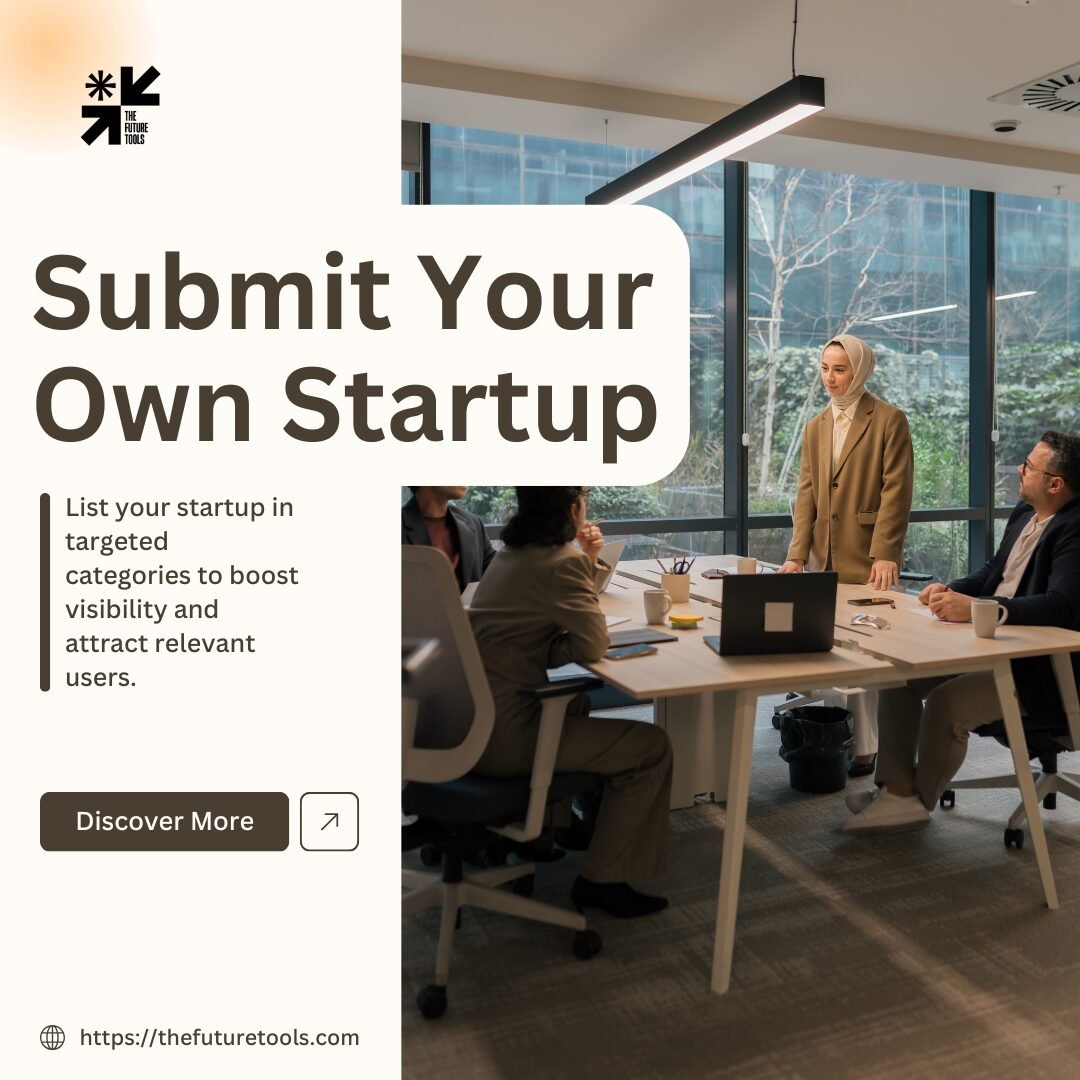Now Reading: Facebook’s Video Algorithm Overhaul: Users Gain Greater Control
-
01
Facebook’s Video Algorithm Overhaul: Users Gain Greater Control
Facebook’s Video Algorithm Overhaul: Users Gain Greater Control
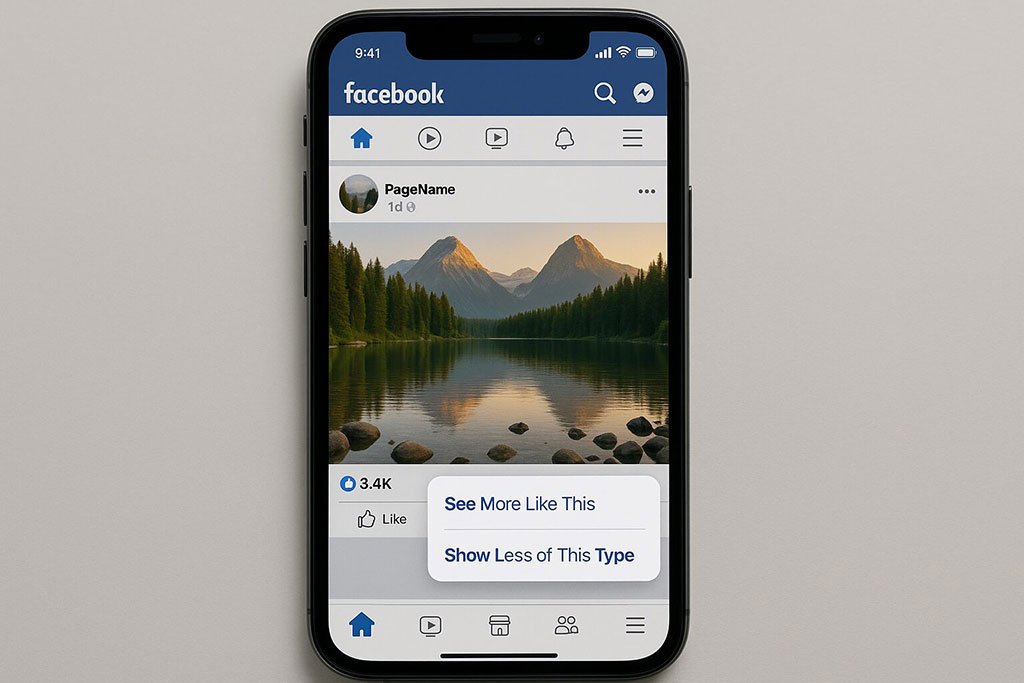
Scrolling through social media can feel like wandering through a maze of endless videos—some captivating, others irrelevant, and many simply repetitive. Recognizing this fatigue, Facebook has taken a bold step by overhauling its video algorithm to give users more control over what they see.
This update is more than a technical adjustment; it represents a fundamental shift in how social platforms view user empowerment. No longer are users entirely at the mercy of machine-generated recommendations. Instead, they can now directly influence which videos populate their feeds, curating a more enjoyable, personalized, and meaningful experience.
In this article, we’ll explore what this overhaul means for users, creators, and the platform itself, along with the broader implications for engagement, content discovery, and digital well-being.
The Mechanics of Facebook’s New Video Algorithm
Shifting Power to Users
Traditionally, Facebook’s video feed was driven by hidden algorithms that prioritized engagement metrics such as watch time, likes, shares, and predicted interests. While effective in keeping users scrolling, it often left them frustrated with irrelevant content.
The new system introduces direct user control, allowing individuals to shape the videos they see. Users can:
-
Signal preferences for types of content they want to see more frequently.
-
Suppress videos that are repetitive, irrelevant, or unappealing.
-
Prioritize creators, channels, or topics they enjoy the most.
By combining algorithmic intelligence with explicit user input, Facebook is moving toward a feed that feels both personal and responsive.
How User Input Shapes the Feed
The update integrates interactive feedback mechanisms such as “See More Like This” and “Show Less of This Type.” Each time a user engages with these options, the algorithm learns and adjusts future recommendations. This ensures a balance between predictive machine learning and deliberate user choice.
The result is a feed that evolves organically, reflecting both user habits and their active decisions. Over time, the experience becomes increasingly tailored, reducing the likelihood of irrelevant videos appearing and fostering a sense of digital agency.
The Benefits of User-Controlled Feeds
Personalized Content, Every Time
By giving users direct influence over their feeds, Facebook allows for a highly personalized video experience. Users see content that resonates with their interests, whether it’s educational clips, cooking tutorials, or lifestyle videos. This ensures that the time spent scrolling is engaging and meaningful rather than aimless.
Empowerment and Transparency
One of the longstanding criticisms of social media platforms has been the opacity of their algorithms. Users often feel that their feeds are manipulated without explanation. By introducing visible, actionable controls, Facebook increases transparency and builds trust. People can now see how their choices influence the content delivered to them, creating a more collaborative relationship between platform and user.
Benefits for Creators
Content creators stand to gain from a more user-driven system. When users actively opt into seeing a creator’s videos, engagement tends to increase. Higher engagement translates to:
-
Longer watch times
-
More meaningful interactions through comments and shares
-
Greater loyalty from dedicated audiences
This shift encourages creators to focus on high-quality, relevant content rather than producing material aimed solely at tricking the algorithm.
Challenges and Considerations
The Risk of Echo Chambers
While user control enhances personalization, it also raises the risk of creating echo chambers. When individuals prioritize content aligned exclusively with their interests or beliefs, exposure to diverse perspectives diminishes. This can limit discovery and reduce opportunities for learning or broadening viewpoints.
Discovery of New Content May Decline
Facebook’s previous algorithm often introduced users to videos they might not have sought out, fostering discovery. With a feed shaped by explicit preferences, users may miss out on serendipitous content that could have expanded their interests or introduced them to new creators.
Adoption and Awareness Challenges
For this overhaul to reach its potential, users must actively engage with the new controls. Many may remain unaware of the personalization options, limiting the impact. Additionally, balancing algorithmic recommendations with user input is a technical challenge that Facebook must continuously refine.
Multiple Perspectives
From the User Perspective
For users, the update provides empowerment and a sense of agency. It enables them to avoid irrelevant videos, reduce screen fatigue, and engage more meaningfully with content they care about.
From the Creator Perspective
Creators benefit from a more engaged audience. When users actively choose to see certain videos, the likelihood of interaction increases, supporting deeper connections between creators and their communities.
From an Industry Perspective
Globally, social platforms are shifting toward user-first experiences. Personalization and transparency are no longer optional—they are essential to maintaining trust and engagement. Facebook’s update reflects this trend, signaling a broader move toward ethical algorithm design.
Practical Tips for Users
-
Engage Actively with Feedback Options
Use the “See More Like This” and “Show Less of This Type” tools to refine your feed continuously. -
Balance Familiarity and Discovery
While curating content is valuable, leave room for unexpected videos to maintain variety and prevent content bubbles. -
Prioritize Favorite Creators
Follow and interact with creators who consistently produce content you enjoy to ensure their videos appear more frequently. -
Monitor Feed Evolution
Pay attention to how the feed changes over time, adjusting preferences as your interests evolve. -
Share Feedback with Facebook
Reporting bugs or sharing suggestions helps improve the personalization experience for all users.
Pros & Cons at a Glance
| Pros | Cons |
|---|---|
| Greater personalization of feeds | Risk of echo chambers |
| Improved engagement for creators | Potential decline in discovery of new content |
| Transparency and user empowerment | Requires active participation from users |
| More relevant and enjoyable browsing | Technical and adoption challenges |
Facebook’s video algorithm overhaul marks a significant shift in how social media platforms view user empowerment and personalization. By putting users in control of the videos they see, the platform is not only improving engagement and relevance but also fostering transparency, trust, and a stronger sense of digital agency.
While challenges such as echo chambers and reduced discovery exist, the benefits—enhanced personalization, creator engagement, and user satisfaction—underscore the potential of giving audiences a more active role in shaping their online experience.
Ultimately, this update reflects a broader trend in social media: platforms are evolving from passive recommendation engines into collaborative spaces where users have a meaningful voice in what content reaches them. For both creators and viewers, this represents a more balanced, intentional, and human-centered approach to digital interaction.
Want to stay ahead of social media trends and make the most of personalization tools? Subscribe to our newsletter for in-depth guides, tips, and insights on digital experiences and social media updates.
FAQs
-
What does Facebook’s video algorithm update do?
It allows users to directly influence which videos appear in their feed through preference signals. -
How can users customize their feeds?
By using options like “See More Like This,” “Show Less of This Type,” and prioritizing favorite creators. -
Will this improve video relevance?
Yes, users see more content aligned with their interests, reducing irrelevant or repetitive videos. -
Could this lead to content bubbles?
There is a risk if users only select familiar content, limiting exposure to new ideas and creators. -
How does this affect creators?
Engagement improves when users actively choose to see their content, promoting meaningful interactions. -
Is this update global?
Yes, the feature is designed for users worldwide, though rollout may vary by region. -
Do I need to manually adjust my feed?
Some input is required to optimize personalization, but the algorithm also adapts automatically. -
Can I discover new content with this system?
Yes, though discovery is now more balanced with user
Disclaimer:
All logos, trademarks, and brand names referenced herein remain the property of their respective owners. Content is provided for editorial and informational purposes only. Any AI-generated images or visualizations are illustrative and do not represent official assets or associated brands. Readers should verify details with official sources before making business or investment decisions.




